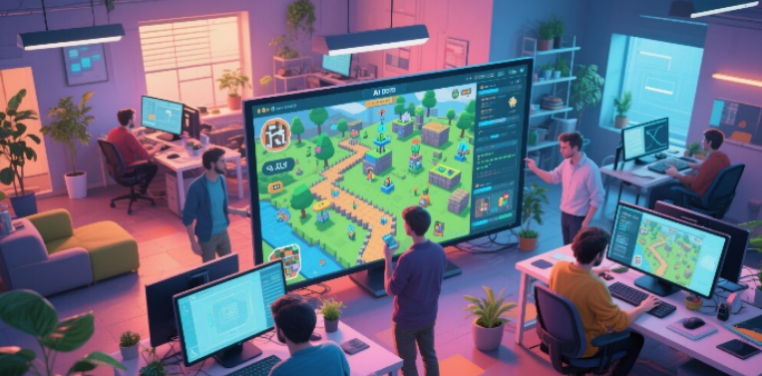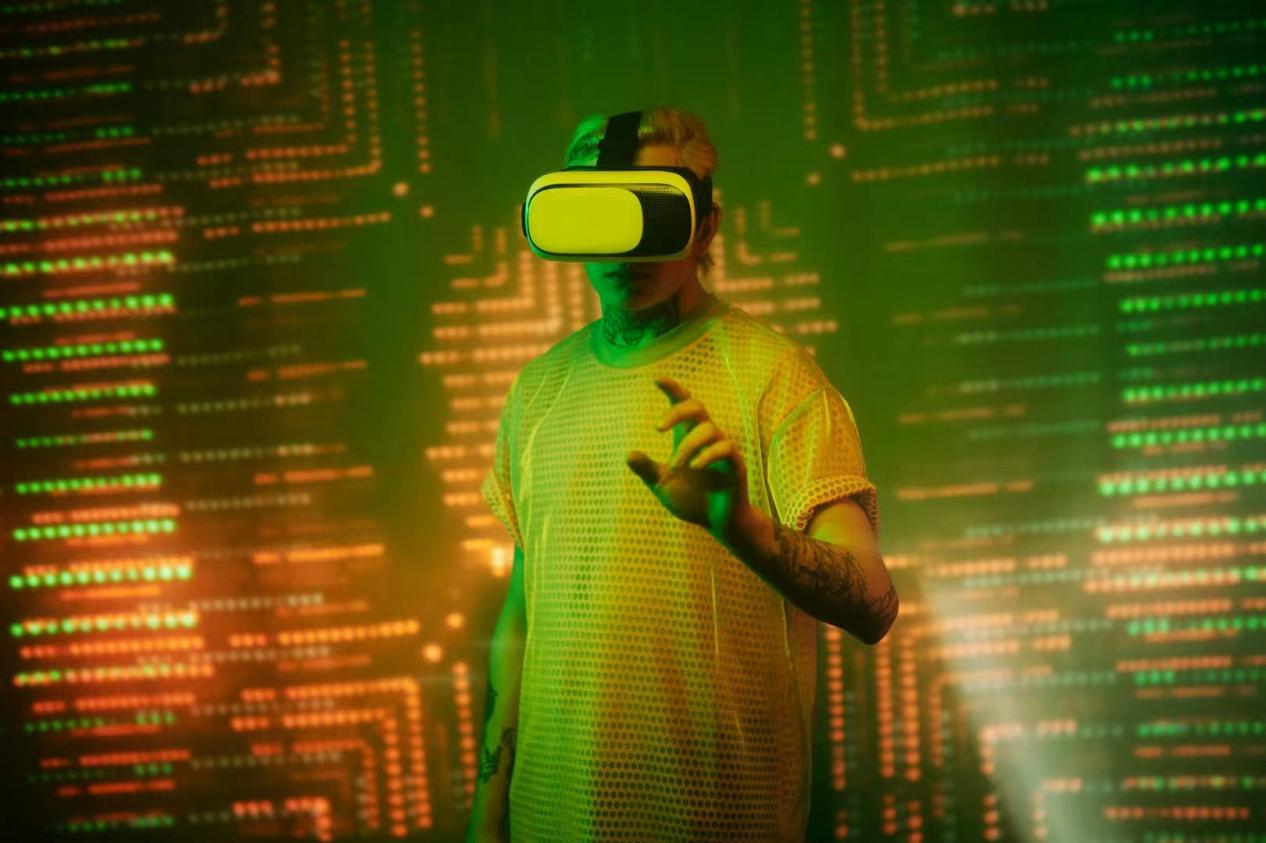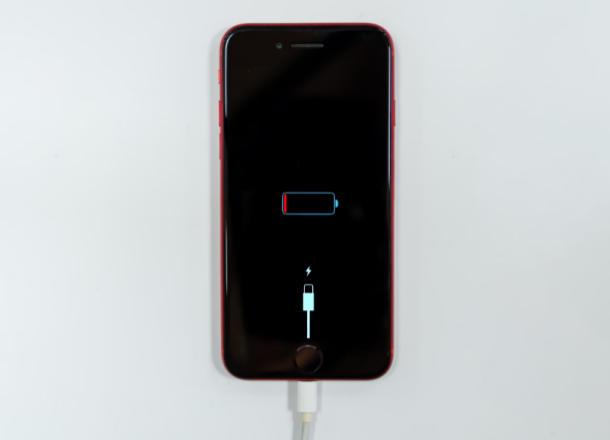AI-Generated Content Goes Mainstream: How Hollywood, Publishing, and Gaming Are Adapting

As artificial intelligence reshapes creative industries, Hollywood, publishing, and gaming are grappling with the tension between innovation and preservation of human creativity. Three recent developments—WGA negotiations over AI-written scripts, HarperCollins’ AI-assisted editing tools, and Epic Games’ AI-driven level design—highlight the delicate balance between productivity, copyright, and artistic integrity.
1. Hollywood: Strikes and Safeguards in the Age of AI Scriptwriting
The Writers Guild of America (WGA) strike in 2023 exposed deep-seated fears about AI replacing human writers. While the tentative agreement allows writers to use AI as a tool (e.g., brainstorming ideas or drafting dialogue), it explicitly states that AI-generated content cannot be considered “literary material” or “source material” . This ensures that studios cannot claim copyright over AI scripts without significant human input, protecting writers’ credits and residuals. For instance, if a studio provides an AI-generated script to a writer, the writer must be compensated as the primary creator, and the AI material cannot disqualify them from separated rights . However, the agreement also permits studios to reject AI use if it threatens copyrightability, reflecting a cautious approach to AI’s role in storytelling.
Despite these safeguards, concerns persist. The WGA’s insistence on human oversight aligns with the U.S. Copyright Office’s stance that AI works lack originality without human authorship . For example, a 2025 court case involving an AI-generated art piece, A Single Piece of American Cheese, ruled that human modification of AI output (e.g., selecting and arranging elements) qualifies for copyright . This precedent could influence future scriptwriting disputes, emphasizing that AI is a tool—not a replacement—for human creativity.

2. Publishing: AI’s Dual Role in Efficiency and Controversy
HarperCollins has embraced AI through partnerships like its $2,500-per-title deal with Microsoft, allowing the tech giant to use nonfiction books for AI training . While this generates revenue for authors, it sparks ethical debates. Critics argue that licensing copyrighted material for AI undermines traditional publishing models, potentially devaluing authors’ work. For instance, authors like Daniel Kibblesmith have rejected such deals, fearing AI-generated content could flood markets with low-quality books .
Concurrently, AI tools are streamlining editing and production. Companies like Spines use AI to publish books in weeks instead of months, automating tasks like proofreading and cover design . HarperCollins’ own AI-assisted editing tools likely optimize grammar and structure, reducing editorial workloads. However, these tools risk homogenizing writing styles and diluting the unique voices that define literature. The publishing industry must navigate this terrain carefully, balancing efficiency gains with the need to preserve artistic diversity.
3. Gaming: AI-Driven Innovation in Level Design
Epic Games’ integration of AI into Fortnite’s development exemplifies how generative AI can augment creativity. AI tools generate procedural content, such as dynamic landscapes and enemy placements, freeing designers to focus on narrative and gameplay refinement . For example, AI might create a basic level layout, which human designers then tweak to ensure balance and engagement. This collaboration enhances productivity while maintaining creative control.
Epic’s approach aligns with its founder Tim Sweeney’s vision of AI as a “creativity amplifier.” The company’s Unreal Engine 5.2 includes AI-driven features like MetaHuman Animator, which generates realistic character movements, and PCG (Procedural Content Generation) for scalable world-building . By labeling AI-generated assets (e.g., “Created with AI” in the Unreal Marketplace), Epic ensures transparency and respects creators’ rights . This model could serve as a blueprint for other industries, demonstrating how AI can enhance workflows without compromising originality.
The Balancing Act: Creativity, Copyright, and Productivity
The adoption of AI in these sectors hinges on three pillars:
Human Oversight: WGA’s insistence on writer-driven AI use and Epic’s designer-AI collaboration underscore that human judgment remains irreplaceable.
Copyright Clarity: The WGA agreement and court rulings like A Single Piece of American Cheese clarify that AI outputs require significant human input to qualify for copyright .
Ethical Scaling: Publishers must avoid exploiting authors for AI training, while game studios should prioritize player experiences over pure automation.

As AI evolves, industries must innovate responsibly. Hollywood’s hybrid model of AI assistance and human authorship, publishing’s cautious experimentation with AI tools, and gaming’s collaborative approach to content generation all illustrate that technology can amplify creativity—if guided by robust safeguards. The key lies in fostering a symbiotic relationship where AI enhances productivity without eroding the soul of human expression.
(Writer:Ciki)





